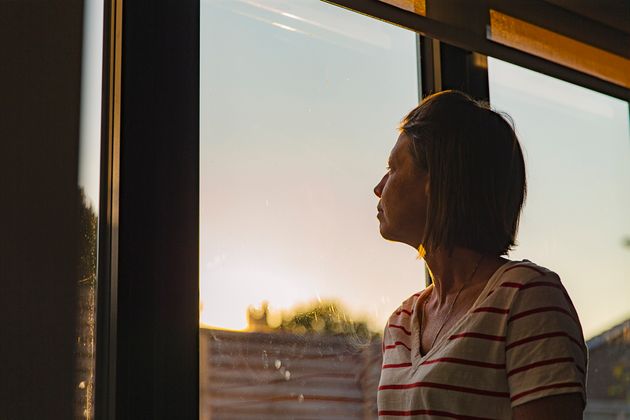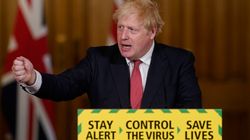One hundred and twenty seven days ago, over two million people in the UK were classed as highly vulnerable to Coronavirus and instructed to shield; not going out at all and limiting contact to only those who were shielding with them.
Having been born with Cystic Fibrosis, and lucky enough to have received a lifesaving double lung transplant in 2017, I was one of these people.
For the past four months, myself, my husband and our dog have largely been leaving the house only for dog walks at anti-social times to avoid people, relying on online shopping orders for all our needs and existing within our one-bedroom flat.
Following a slight step down in guidance at the end of June we have recently seen a few people at a distance in quiet areas, following strict precautions, wearing masks and keeping socially distanced, but it’s a far cry from the first six months of marriage we might have expected!
While we are obviously grateful to stay healthy, and are aware of the huge sacrifices made by others, it has become increasingly frustrating in recent weeks to see that some people have almost forgotten that the last four months occurred; ignoring social distancing, flouting rules or arguing that wearing masks makes breathing impossible or in some way compromises their human rights.
This weekend, the guidance that vulnerable group should shield, ended in England and Scotland.
But what does this mean practically? And how many people within this group are still inclined to follow and trust this government advice?
Personally, we intend to change very little. The risk is not going to have disappeared overnight and the sudden switch from extreme caution to very little guidance at all seems like a high-risk strategy for a group of people whose health is highly vulnerable.
From an outsider’s perspective, it seems little surprise that on “reopening” the UK over the last few weeks infection rates are rising. While I understand that the country could not remain in lockdown forever, and I certainly don’t want to remain inside any longer than I need to, the shift simply seems too quick.

It is alarming to see various pockets in the UK having to be put in local lockdowns, accompanied by a total lack of clarity in terms of what these changes mean for both the general population and the more at risk.
For those who are vulnerable, instructions to rely on your healthcare team to help formulate an approach are contradicted by the legal and practical reality. These organisations simply cannot give the guidance than many people are looking for.
In response to rising numbers of infection, recent statements by Chris Whitty that we have reached our limit in terms of easing restrictions, and the prime minister’s statements around squeezing on brake pedals, seem contradictory to allowing the most vulnerable across England to essentially abandon the controls they have previously been following.
It also seems, concerningly, that the disparity in views expressed between the health experts and the politicians are casting confusion and doubt.
Having spoken to others in similar situations to myself I know I am not alone in feeling concern. While official guidance now suggests we can enter shops, supermarkets and even pubs I know very few people within the previously shielding group who will be doing this any time soon.
What is more concerning though is the move from the government to seemingly place responsibility back on the individual, despite us having only minimal information.
So what? It is a personal choice for everyone and not the government’s to make. Maybe it is unfair to expect specific guidance around something that is a step into the unknown for everyone? While this might be the case, the removal of protection for this vulnerable group is in fact a lot more problematic than if they are able to go to the shops or not.
An example of this is in the workplace. Official lines state people previously shielding should return to work if their workplace is “Covid Secure” but what does that even mean? What if an individual doesn’t feel their workplace, or employers, can deliver this? What rights do you have to insist they remain working from home without risking your job? The guidance online is generic at best and while thankfully, as someone who works remotely, this specific issue isn’t something that I have had to worry about, I know others for whom sadly this is not the case and may now have to choose between protecting their health and their jobs.
It is difficult to predict what will happen in the next few weeks. This week though does not personally seem like the big turning point it might be perceived by some.
It would be amazing to be able to return to a life more “normal” while shielding has been paused, but for most people grouped as vulnerable, and only too aware of their health, many will be cautious to risk that without being completely certain it is safe. With the fear that as we move into the winter, shielding may be reinstated, this may be the only chance we have but for me the risks are simply too high. So, for now, little will change in our household as we sit and wait to see what unfolds.
Pippa Kent is a freelance writer




